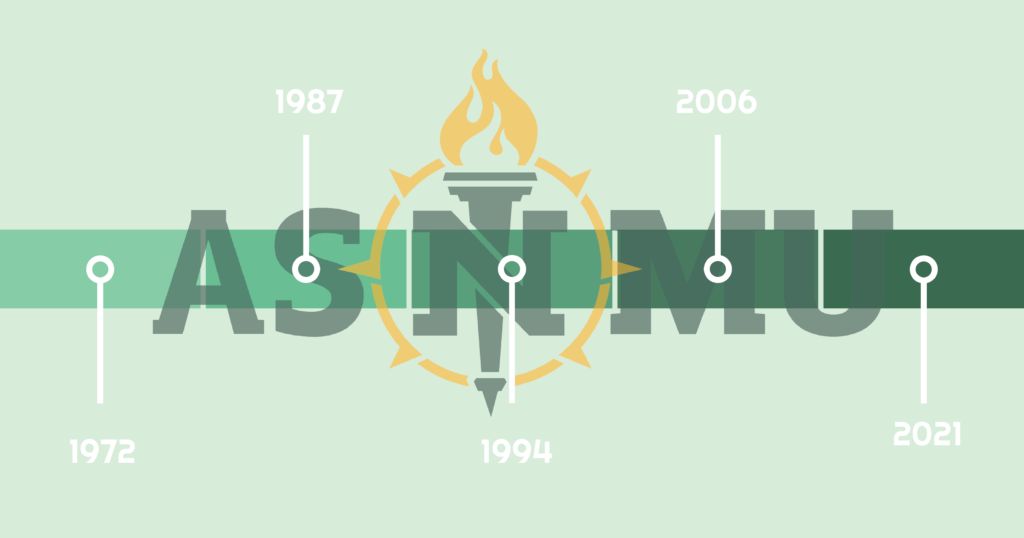Canadian Indian Joel Syrette has been busy sharing his traditional dancing lately, performing the various styles of Native American dance to large public audiences at NMU and beyond.
Syrette recently performed in the opening ceremonies of the 2010 Vancouver Winter Olympics, an event that he said was beneficial as a means of accurately portraying Native American culture on a global scale.
“It was a great experience to have the native people of North America welcome the people of the world to Vancouver,” he said. “It was a very satisfying and gratifying experience to meet all those people (from all over the world).”

During the annual “Learning to Walk Together Pow Wow” held at the Vandament Arena on Saturday, March 10, Syrette was featured as the head male dancer. He and several members of different tribes from around Great Lakes area in Canada and the United States shared their native culture with the NMU community.
The NMU pow wow consisted of vendors selling various items such as books about native culture, hats and shirts with Native American sayings and colors on them, and traditional styles of jewelry for sale from the different tribes. The event also featured a fire burning throughout the length of the pow wow.
The event featured several drum circle performances consisting of small groups of performers playing a single drum and singing together. The drum circles continued to provide the music for the dancers’ performances throughout the day.
Syrette performed multiple dances in a white costume decorated with several feathers Saturday afternoon including a grass dance at the pow wow, a style usually practiced among the Plains Indians of North America. The native tribes who implemented this dance imitate the motions of pressing down the large amounts of grass to clear room for building teepees on hunting grounds during the dance, said Syrette. The NMU pow wow served as another way to educate people about these different cultural traditions in native tribes, he said.
“(The pow wow) is a good example of social singing and dancing amongst the native people of North America,” he said. “It’s a good time to reconnect with old friends and to make new friends. A pow wow is really a celebration of life.”
Other dances that were performed were a war veterans’ dance honoring veterans from the military, men and women’s traditional style, social dances and a fancy shawl dance.
Head female dancer Mariah Atatise-Jourdain from northwest Ontario danced with Syrette at the opening ceremonies of the Vancouver games and enjoyed the experience, but said she preferred the opportunity to perform with people that she has known from other pow wows.
“I really like singing and dancing with Joel and my family [members],” she said. “I really enjoy the family part of the pow wow [experience].”
Native American Student Association (NASA) president Leora Tadgerson said that having the Olympic dancers and more publicity for the event throughout Marquette were beneficial factors in getting more participation from community members in the pow wow than in past years.
“I think that the Olympic dancers added to the number of people that came to the pow wow.” she said. “There were a lot more people that showed up than we were expecting.”
Tadgerson estimated that nearly 1,500 people attended the event. The more people who attend the pow wow, the more people are going to get a better appreciation for native tribes and their culture, she said.
“I would hope that [people in the area] would learn about Native American culture in the [Upper Peninsula],” she said. There isn’t a lot of exposure for Native American culture [outside of the pow-wow setting].”
Head war veteran dancer Jim St. Arnold, a member of the Ojibwa tribe in Baraga, Mich. who has been going to pow wows for almost thirty years, said that he encouraged people to attend multiple pow wows in order to get the full experience of what the event can offer.
“The first pow wow you go to you are going to bring your camera and get lots of great pictures,” he said. “By the time you get to your third pow wow, you are going to leave your camera in the car because you are going to be more interested in talking to the people you met at other [ones].”




























